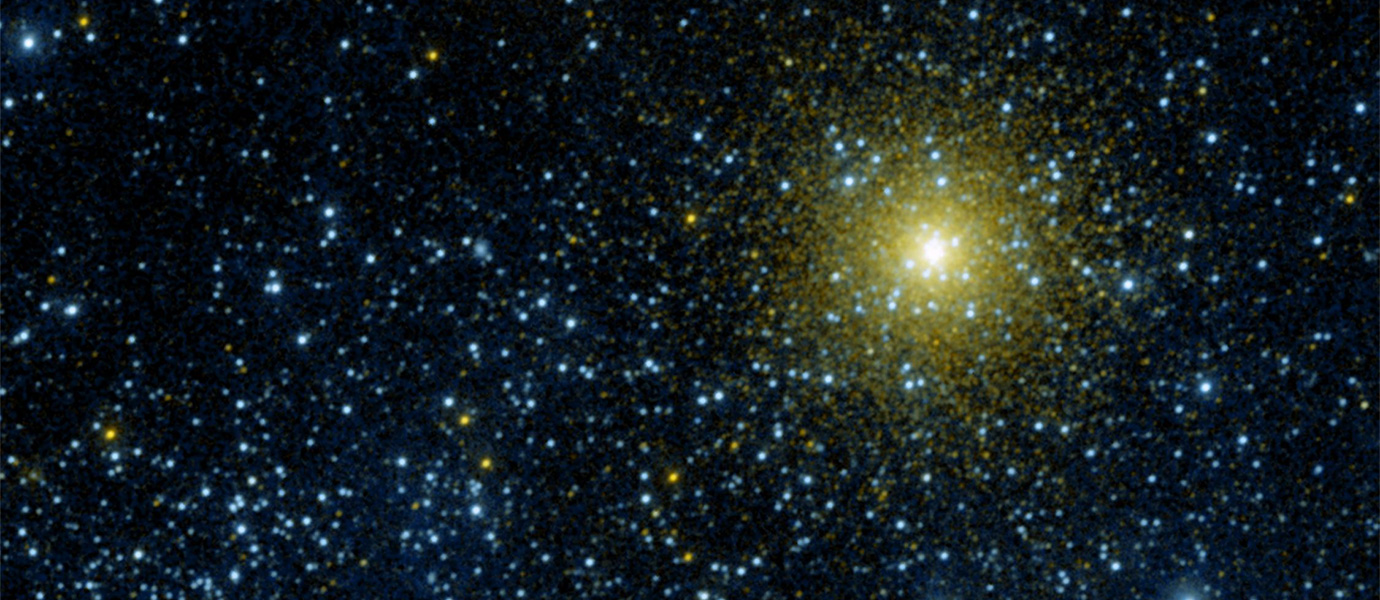ABOUT
Blake Planetarium
Located in the Plymouth Carver Intermediate School, the planetarium opened just four years following the famous Apollo 11 moon landing when the first man walked on the moon. The projector, a Spitz 501 model, provides us with the ability to see the stars, planets and other deep space objects here in the Northern and Southern Hemispheres. The projector, which rises from a storage unit beneath the floor inside the Planetarium, is aptly named Phoenix. Additionally, the Planetarium can show multimedia presentations.
contact info
Hrs: By appointment.
HELPFUL LESSON PLAN(S)
Prepared by FieldTripDirectory.com
Planetarium Lesson Plan
FUN FACTS
Earth has more exposed water than land. Three quarters of the Earth is covered by water! The earth has one moon.
Venus is the brightest planet in our sky and can sometimes be seen with the naked eye if you know where to look. It is the solar system’s brightest planet — yellow clouds of sulfuric acid reflect the sun’s light.
Jupiter is so big that you could fit all the other planets in the solar system inside it.
Pluto is no longer considered a planet — instead, astronomers call it a dwarf planet or planetoid.
View Lesson Plan>>ABOUT
Blake Planetarium
Located in the Plymouth Carver Intermediate School, the planetarium opened just four years following the famous Apollo 11 moon landing when the first man walked on the moon. The projector, a Spitz 501 model, provides us with the ability to see the stars, planets and other deep space objects here in the Northern and Southern Hemispheres. The projector, which rises from a storage unit beneath the floor inside the Planetarium, is aptly named Phoenix. Additionally, the Planetarium can show multimedia presentations.
contact info
Hrs: By appointment.
HELPFUL LESSON PLAN(S)
Prepared by FieldTripDirectory.com
Planetarium Lesson Plan
FUN FACTS
Earth has more exposed water than land. Three quarters of the Earth is covered by water! The earth has one moon.
Venus is the brightest planet in our sky and can sometimes be seen with the naked eye if you know where to look. It is the solar system’s brightest planet — yellow clouds of sulfuric acid reflect the sun’s light.
Jupiter is so big that you could fit all the other planets in the solar system inside it.
Pluto is no longer considered a planet — instead, astronomers call it a dwarf planet or planetoid.
View Lesson Plan>>
